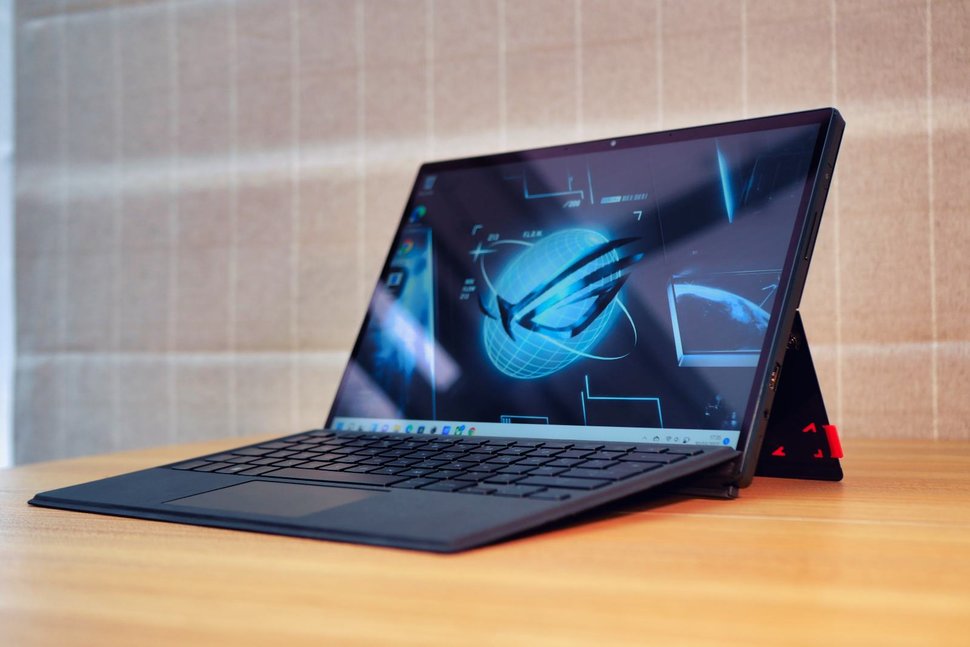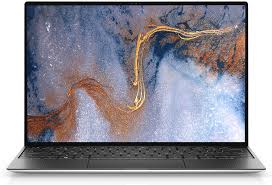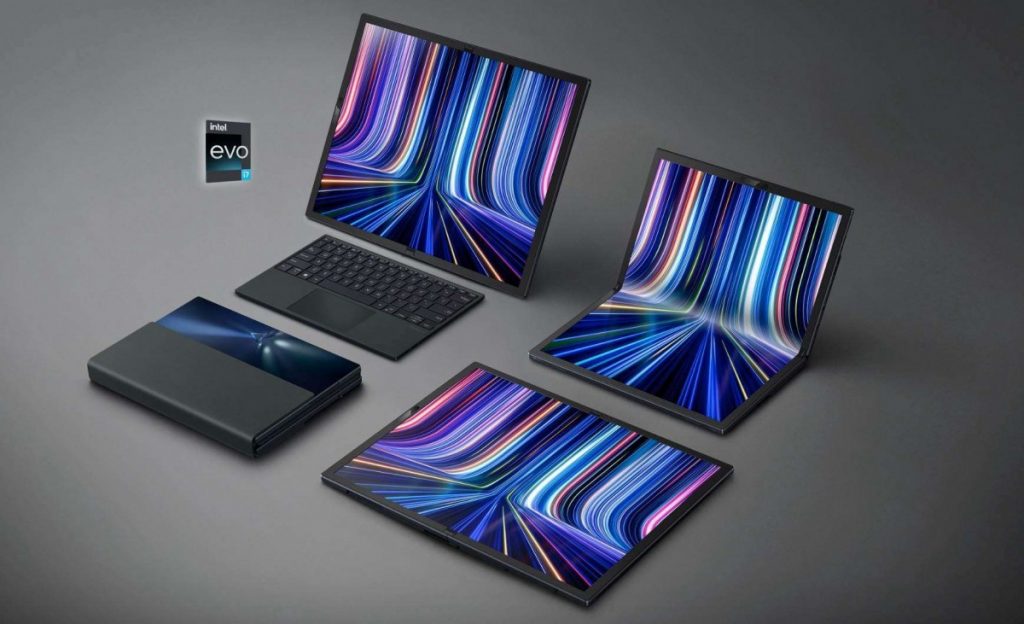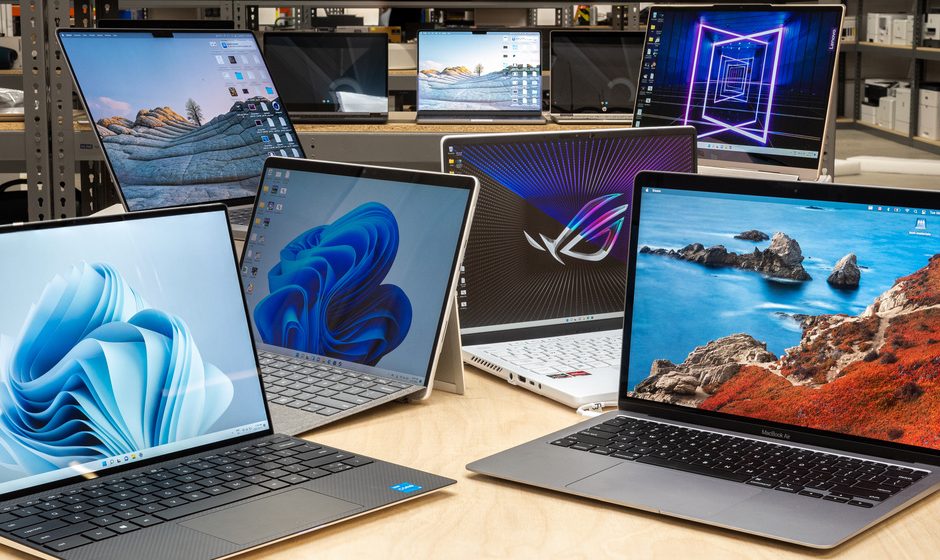The design of laptops hasn’t changed much over the years, But that doesn’t mean there isn’t some real innovation happening. I’m not talking about just fruitless experimentation either, (though there will always be some of that too). This year was full of meaningful innovation happening in the world of laptops that make them better, more powerful, and more fun products to use — and these are the ones that really stand out.
Asus ROG Flow Z13

The ROG Flow Z13 shouldn’t be possible. By category, it’s a 2-in-1 gaming laptop — that is, a Surface Pro with some RGB lighting and a discrete GPU inside. It’s the first of its kind, but as a concept, I wasn’t sure I understood the premise. A gaming device this compact is going to be seriously held back by how small it is. But once I got the thing in my hands, I realized how genius the design really was.
Yes, it’s pretty — thin bezels, a comfortable keyboard, and the neat “window” on the lid that gives you a glowing view of the internals. It’s also a true engineering marvel, given how thin it is — just 0.47 inches thick, or 0.69 inches with the detachable keyboard connected. The RTX 3050 Ti inside doesn’t make this a gaming powerhouse necessarily — but that was never the point. You can play honest-to-goodness PC games on a 2-in-1 this small. That’s the point.
But my favorite thing about the design is the way it moves the heat away from your hands. Every gaming laptop struggles to keep your palms and fingers from overheating while you’re playing, and the ROG Flow Z13 sidesteps that completely since all those hot components are behind the screen. It’s really smart. In that way, it’s doing something no other gaming laptop really can, building a case for why 2-in-1 tablets might be a great form factor for PC gaming devices after all.
The ROG Flow Z13 also uses the proprietary Asus PCIe port to connect to the XG Mobile external graphics enclosure. Buying the two together makes for quite an expensive purchase, but you can pump the graphics potential on this little machine and transform it into a do-it-all desktop dock. It’s pretty incredible, and exactly the type of innovation I want to see more of.
Dell XPS 13 Plus

The Dell XPS 13 Plus was designed to be a forward-thinking laptop. It does away with plenty of conventions in favor of an adventurous new path. Headphone jack? Gone. Trackpad? Invisible. Even the function row of the keyboard has been replaced with glowing capacitive touch buttons. It’s daring, which means it’s a design that could have ended in unmitigated disaster.
And while it requires the mindset of an early adopter to fully appreciate, Dell does a good job of justifying most of its decisions. The lack of a headphone jack is due to the edge-to-edge keyboard and single sheet of glass used for the palm rests. The capacitive touch buttons, on the other hand, allow Dell to move the keyboard closer to the display, giving more room for the larger palm rests and haptic trackpad.
It certainly prioritizes being ultramodern and sleek above usability in some cases, meaning it’s not the right choice for everyone. But innovative? You bet it is.
Asus Zenbook Fold 17

You might look at the Asus Zenbook Fold 17 and think, “Really? Who needs this?” That’s the question I had when I first saw the device. A 17-inch 2-in-1 Windows tablet with a foldable screen sounds neat, but I had my doubts about how useful it’d actually be.
While thereare certainly some kinks to work out still, opening up the large 17-inch display and propping it up with the included kickstand makes for an incredible screen to work on, especially since the wireless keyboard is so comfortable. It’s still a niche concept, but the use case for such a device is actually there, and that’s exciting for the future of this technology.




